The Ultimate Dry Dog Food Machine Guide to 2024
Introduction to Dry Dog Food Machines
Dry dog food machines are sophisticated industrial equipment designed specifically for the efficient production of dry dog food. These machines play a crucial role in the pet food industry, meeting the growing demand for high-quality and nutritious pet food products. Utilizing advanced technology and precise engineering, dry dog food machines streamline the manufacturing process, ensuring consistent quality and nutritional value in every batch of dog food produced.
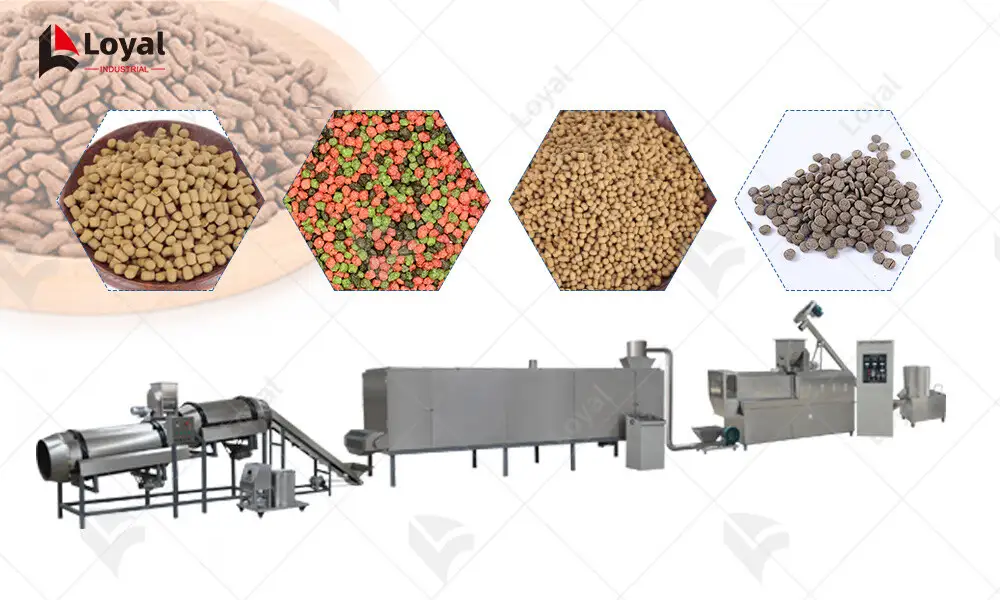
Evolution of Dry Dog Food Manufacturing
The manufacturing of dry dog food has undergone significant evolution over the years, driven by advancements in technology and a deeper understanding of pet nutrition. Initially, dry dog food was produced through simple mixing and extrusion processes, often resulting in limited nutritional value and inconsistent quality. However, with the advent of specialized dry dog food machines, the manufacturing process has become more sophisticated and efficient.
Early dry dog food manufacturing involved basic mixing of ingredients such as meat by-products, grains, and additives, followed by extrusion through a die to form the desired shapes. While this method allowed for mass production, the quality and nutritional content of the resulting dog food were often subpar.
As research into pet nutrition expanded and consumer demand for higher-quality products grew, manufacturers began investing in more advanced dry dog food machines. These modern machines incorporate precise controls and innovative technologies to ensure optimal processing conditions and nutritional integrity. Automated systems monitor key parameters such as temperature, moisture content, and ingredient distribution, resulting in consistently high-quality dry dog food.
Furthermore, the evolution of dry dog food manufacturing has seen a shift towards customization and specialization. Manufacturers now have the capability to tailor recipes and formulations to meet specific dietary requirements and preferences, catering to a diverse range of pet needs. This customization is made possible by versatile dry dog food machines equipped with adjustable settings and flexible production capabilities.
In summary, the evolution of dry dog food manufacturing from rudimentary methods to sophisticated machinery underscores the industry's commitment to delivering nutritious and high-quality pet food products. Dry dog food machines continue to play a pivotal role in shaping the future of pet nutrition, driving innovation and ensuring the well-being of our canine companions.
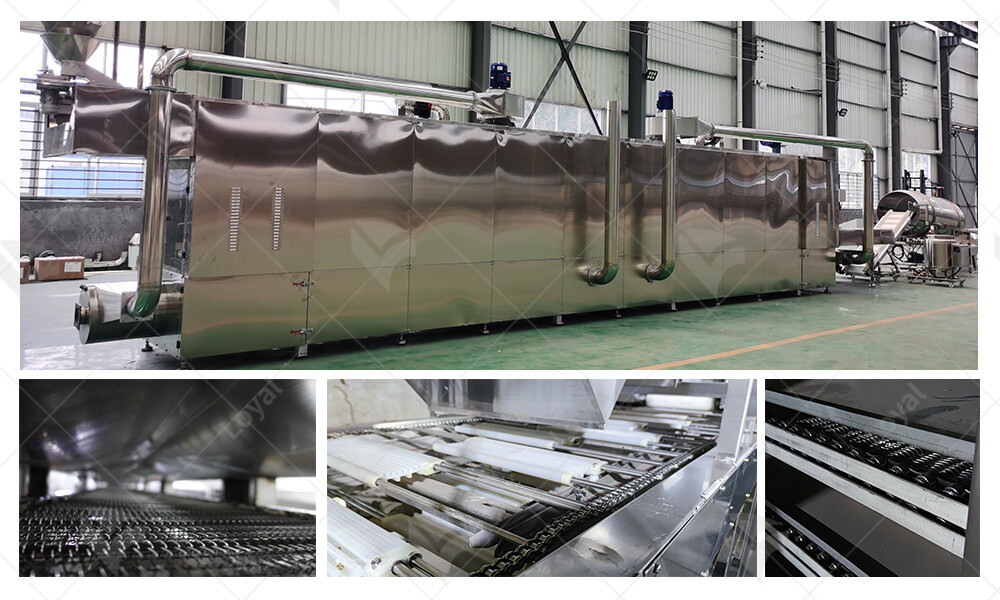
Functionality and Features of Advanced Dry Dog Food Machines
Advanced dry dog food machines are equipped with a multitude of features and functionalities designed to enhance efficiency, precision, and versatility in the manufacturing process. These machines are the backbone of modern pet food production, enabling manufacturers to meet the demands of consumers for high-quality and nutritious dry dog food products.
Firstly, advanced dry dog food machines boast sophisticated control systems that allow for precise regulation of key parameters such as temperature, moisture content, and extrusion pressure. This level of control ensures consistency in product quality and nutritional integrity, meeting the stringent standards of the pet food industry.
Furthermore, modern dry dog food machines are equipped with innovative mixing and extrusion mechanisms that optimize ingredient distribution and processing efficiency. High-speed mixing ensures thorough blending of ingredients, while advanced extrusion technology allows for the production of a wide range of shapes and sizes to cater to different dog breeds and preferences.
Another essential feature of advanced dry dog food machines is their flexibility and customization capabilities. Manufacturers can easily adjust processing parameters and formulations to meet specific dietary requirements and market demands. This versatility enables the production of specialized products tailored to the unique needs of different dog breeds, life stages, and health conditions.
In summary, the functionality and features of advanced dry dog food machines reflect the industry's commitment to innovation and quality in pet food manufacturing. These machines serve as indispensable tools for producing high-quality and nutritious dry dog food products that meet the diverse needs and preferences of pet owners.

Importance of Hygiene and Sanitation in Dry Dog Food Equipment
Maintaining strict hygiene and sanitation standards is paramount in the production of dry dog food to ensure product safety and quality. Dry dog food equipment must undergo thorough cleaning and sanitation procedures to prevent contamination and ensure compliance with regulatory requirements.
Proper hygiene practices start with the design of dry dog food equipment, which should incorporate features that facilitate easy cleaning and sanitation. Smooth surfaces, removable parts, and accessible crevices are essential design elements that allow for thorough cleaning and disinfection.
Regular cleaning and sanitation protocols must be established and strictly adhered to in dry dog food production facilities. This includes routine cleaning of equipment surfaces, removal and cleaning of components such as screws and dies, and sanitization of processing lines.
Additionally, proper handling and storage of raw materials and finished products are critical to preventing contamination in dry dog food production. Ingredients should be stored in clean and dry conditions, away from potential sources of contamination such as pests and chemicals.
Implementing comprehensive hygiene and sanitation practices not only ensures compliance with regulatory standards but also protects the health and safety of pets and consumers. It instills confidence in the quality and integrity of dry dog food products, reinforcing brand reputation and consumer trust.
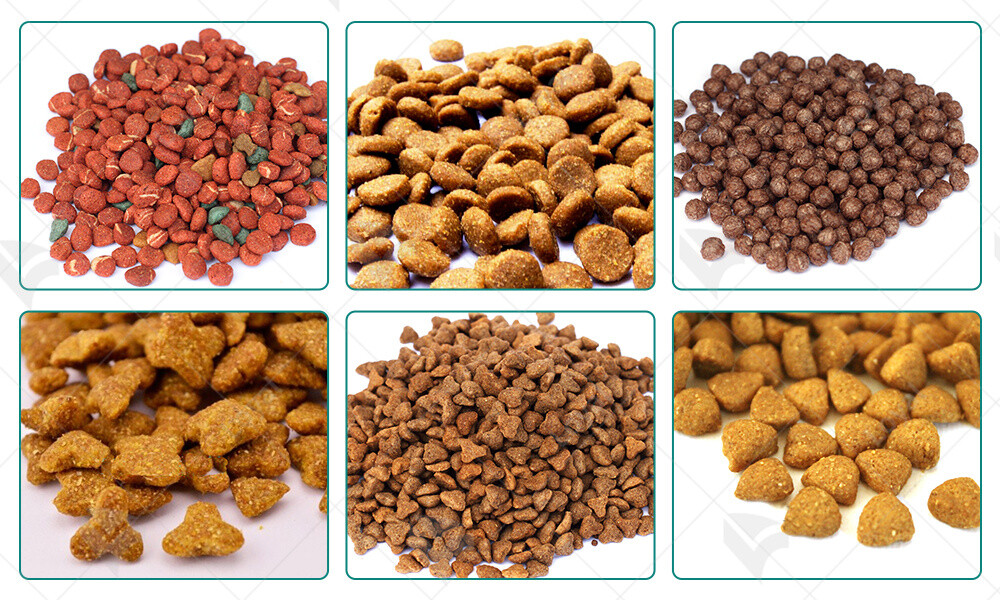
Optimizing Efficiency in Dry Dog Food Production Lines
Efficiency is paramount in dry dog food production lines to meet the growing demand for pet food products while minimizing costs and maximizing output. Several strategies can be employed to optimize efficiency and streamline production processes.
One key aspect of optimizing efficiency is the adoption of automation and technology in dry dog food production lines. Automated systems can perform repetitive tasks with precision and speed, reducing labor costs and minimizing human error. From ingredient handling and mixing to extrusion and packaging, automation improves overall throughput and productivity.
Furthermore, implementing lean manufacturing principles can help identify and eliminate inefficiencies in dry dog food production lines. Streamlining workflows, reducing waste, and optimizing resource utilization contribute to improved efficiency and cost-effectiveness.
Regular maintenance and upkeep of dry dog food equipment are essential to ensure optimal performance and prevent downtime. Scheduled maintenance checks, equipment inspections, and timely repairs help prevent costly breakdowns and delays in production.
Additionally, continuous monitoring and data analysis allow for real-time optimization of production processes in dry dog food lines. Key performance indicators such as yield, throughput, and energy consumption can be tracked and analyzed to identify areas for improvement and implement corrective measures.
By implementing these strategies, manufacturers can optimize efficiency in dry dog food production lines, meet market demand, and maintain competitiveness in the pet food industry.
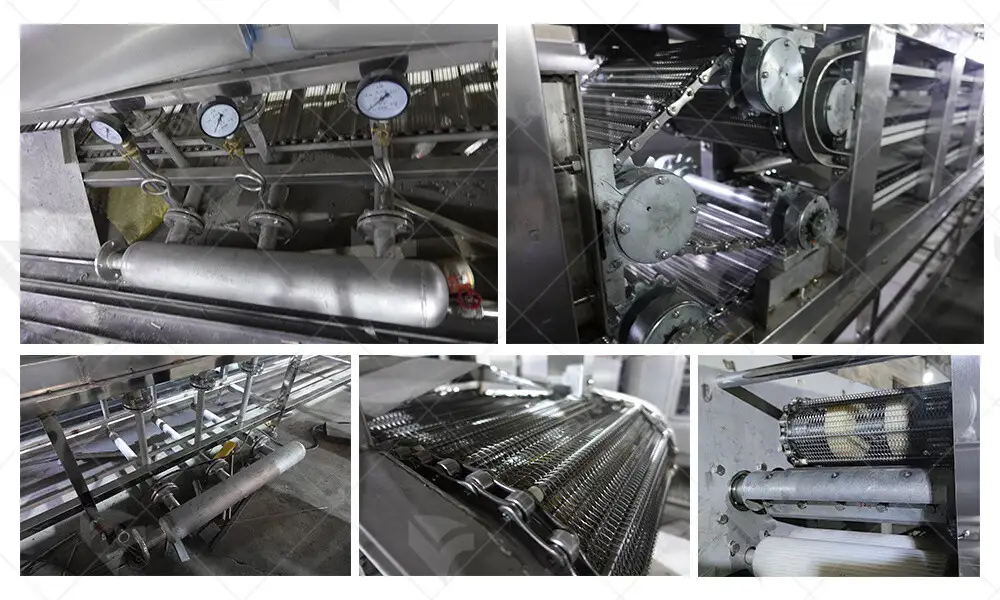
Customization Options in Dry Dog Food Manufacturing Machinery
When it comes to dry dog food manufacturing machinery, customization options play a crucial role in meeting the diverse needs of pet owners and their furry companions. Two prominent companies in this field, LOYAL and Axor, offer distinct features and capabilities in their machines.
Aspect | LOYAL Dry Dog Food Machine | Axor Dry Dog Food Machine |
Versatility | Offers a wide range of customizable | Provides modular components that |
settings to adjust ingredient ratios, | allow for easy adaptation to | |
shapes, and sizes of dry dog food | different recipes and production | |
products | requirements | |
Automation | Incorporates advanced automation | Utilizes smart sensors and |
systems for precise control over | monitoring systems to maintain | |
production processes, ensuring | optimal processing conditions and | |
consistency in quality | minimize human error | |
Flexibility | Enables quick and seamless | Offers flexibility in production |
switching between different recipes | scheduling and allows for on-the-fly | |
and formulations, facilitating | adjustments to production parameters | |
efficient production | based on real-time data | |
Customization Options | Allows for extensive customization | Provides a variety of optional |
of ingredient types, flavors, and | add-on features and accessories, | |
nutritional supplements to meet | such as flavor injection systems | |
specific dietary requirements | and vitamin coating capabilities |
In summary, both LOYAL and Axor offer innovative dry dog food manufacturing machinery with customization options tailored to the needs of pet food producers. While LOYAL machines excel in versatility and automation, Axor machines prioritize flexibility and modular design.
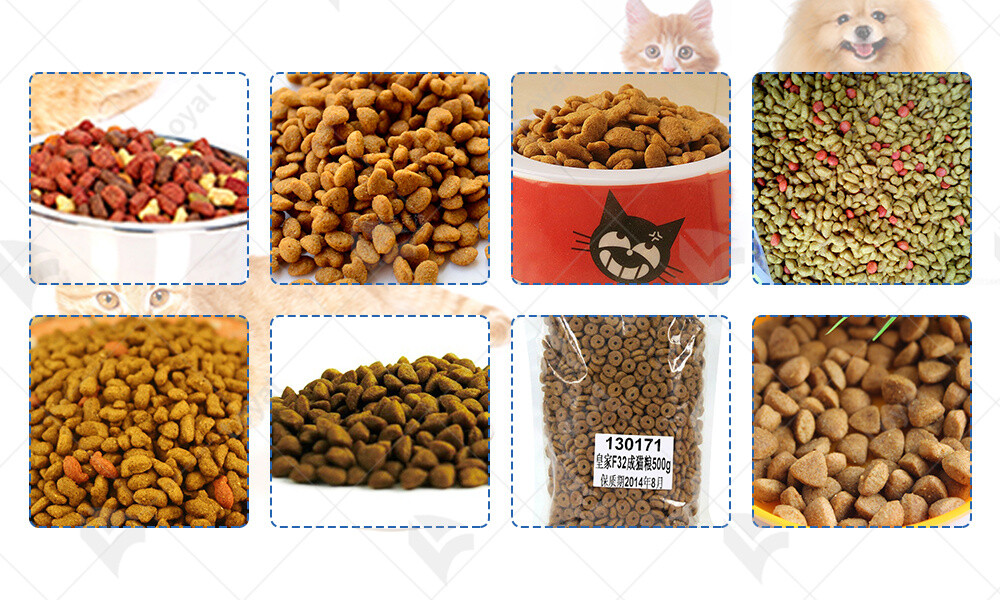
Energy-Efficient Solutions for Dry Dog Food Processing
Energy efficiency is a critical consideration in dry dog food processing, as it not only reduces operational costs but also minimizes environmental impact. Several solutions are available to improve energy efficiency in this regard.
1. Advanced Heating and Cooling Systems: Modern dry dog food machines incorporate efficient heating and cooling systems that optimize energy usage during the extrusion and drying processes. These systems utilize heat recovery technologies to recycle energy and reduce overall consumption.
2. Variable Frequency Drives (VFDs): VFDs are installed in motors and pumps to regulate speed and power consumption based on real-time demand. By adjusting motor speeds to match production requirements, VFDs prevent energy wastage during periods of low activity.
3. Insulation and Sealing: Proper insulation and sealing of dry dog food machine components help maintain optimal operating temperatures and prevent heat loss. This ensures that energy is used efficiently throughout the manufacturing process, especially during prolonged operation.
4. LED Lighting: Switching to energy-efficient LED lighting fixtures in manufacturing facilities reduces electricity consumption compared to traditional lighting systems. LED lights also emit less heat, contributing to a cooler working environment and further energy savings.
By implementing these energy-efficient solutions, pet food manufacturers can reduce their carbon footprint and operating costs while maintaining high-quality standards in dry dog food production.
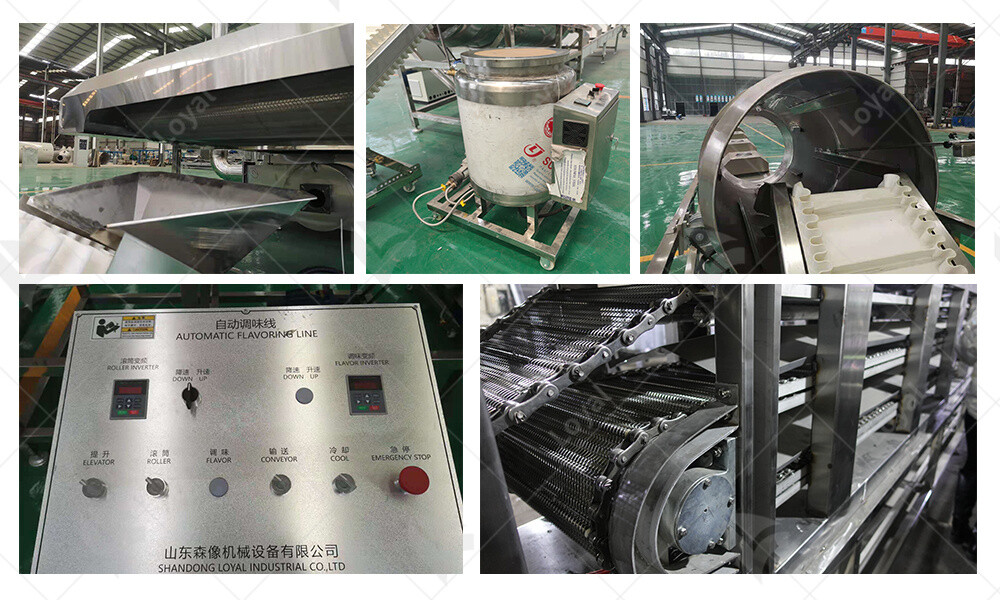
Safety Measures in Operating Dry Dog Food Machinery
Ensuring the safety of operators and maintaining a secure working environment is paramount when operating dry dog food machinery. Here are some essential safety measures to consider:
1. Employee Training: All personnel involved in operating dry dog food machines should undergo comprehensive training on equipment usage, safety procedures, and emergency protocols. Proper training reduces the risk of accidents and promotes a culture of safety in the workplace.
2. Machine Guarding: Install safety guards and barriers on dry dog food machines to prevent accidental contact with moving parts or exposed components. Guards should be securely attached and regularly inspected to ensure effectiveness.
3. Emergency Stop Systems: Equip dry dog food machines with emergency stop buttons or switches that allow operators to quickly halt operations in case of emergencies or malfunctions. These systems should be easily accessible and clearly labeled for immediate action.
By implementing these safety measures, pet food manufacturers can protect their employees from potential hazards and create a safer working environment in dry dog food production facilities.
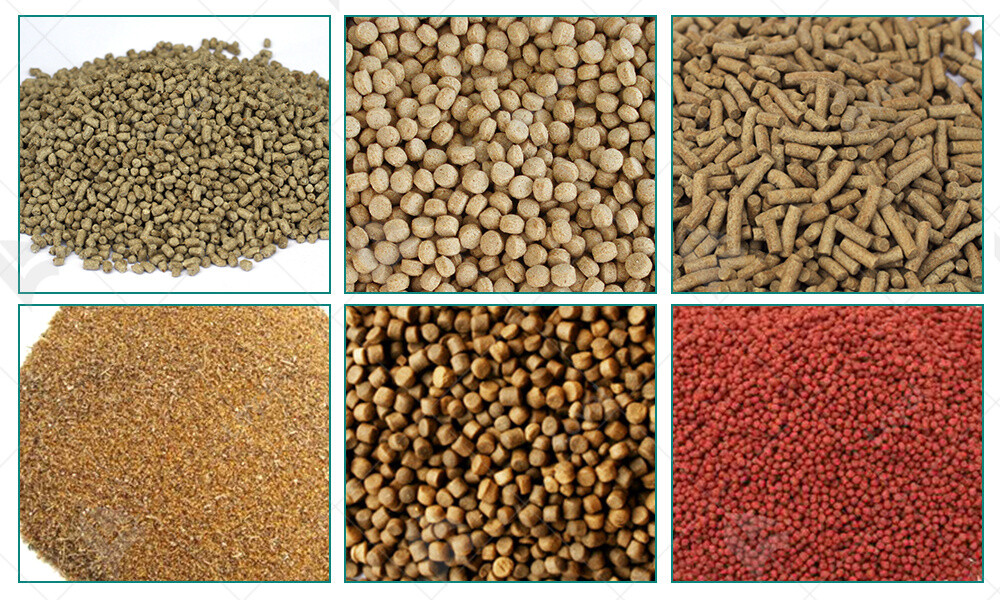
Integration of Automation and Robotics in Dry Dog Food Production
Automation and robotics have revolutionized the dry dog food production industry, enhancing efficiency, precision, and consistency in manufacturing processes. The integration of these technologies into dry dog food machines has brought about significant improvements in various stages of production, from ingredient handling to packaging.
One key area where automation and robotics have made a substantial impact is in ingredient handling and processing. Automated systems are capable of precisely measuring and dispensing ingredients according to predetermined recipes, reducing human error and ensuring consistency in product quality. Additionally, robotic arms equipped with specialized grippers can handle delicate ingredients with care, minimizing damage and waste during the production process.
Another aspect of dry dog food production that benefits from automation and robotics is the extrusion process. Advanced extrusion machines are equipped with automated controls that monitor and adjust key parameters such as temperature, pressure, and moisture content in real-time. This level of precision ensures optimal processing conditions, resulting in uniform product texture and nutritional integrity.
Furthermore, automation and robotics play a crucial role in quality control and inspection during the production of dry dog food. Automated sensors and cameras are employed to detect abnormalities such as foreign objects or inconsistencies in product appearance. This proactive approach to quality control helps manufacturers identify and address issues promptly, ensuring that only high-quality products reach the market.
In summary, the integration of automation and robotics in dry dog food production has transformed the industry, leading to increased efficiency, consistency, and quality in manufacturing processes. As technology continues to advance, we can expect further innovations in dry dog food machines that leverage automation and robotics to meet the evolving demands of pet owners and ensure the health and well-being of their furry companions.
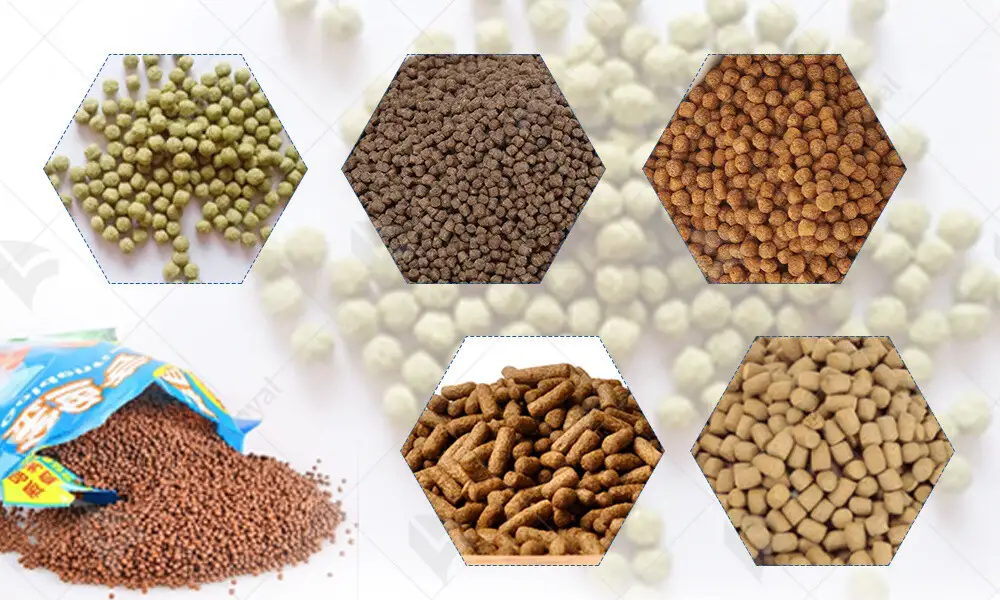
Emerging Technologies Shaping the Future of Dry Dog Food Equipment
The future of dry dog food equipment is being shaped by a myriad of emerging technologies that promise to revolutionize the pet food industry. From advanced sensors and analytics to artificial intelligence and 3D printing, these technologies hold the potential to enhance every aspect of dry dog food production, from formulation to packaging.
One notable emerging technology that is poised to make a significant impact on dry dog food equipment is the use of artificial intelligence (AI). AI-powered systems can analyze vast amounts of data to optimize production processes, identify patterns, and predict potential issues before they arise. By harnessing the power of AI, manufacturers can improve efficiency, reduce waste, and ensure consistent product quality.
Another exciting development in dry dog food equipment is the adoption of 3D printing technology. While still in its early stages, 3D printing has the potential to revolutionize the way pet food is manufactured. Customizable 3D-printed kibbles can be tailored to meet the specific nutritional needs and preferences of individual pets, offering a level of personalization never before seen in the pet food industry.
Furthermore, advancements in sensor technology are enabling real-time monitoring and optimization of production processes in dry dog food equipment. Sensors embedded throughout the manufacturing line can track key parameters such as temperature, moisture content, and ingredient flow, allowing for precise control and adjustment to ensure optimal product quality.
In conclusion, emerging technologies such as artificial intelligence, 3D printing, and advanced sensors are driving innovation and shaping the future of dry dog food equipment. Manufacturers who embrace these technologies stand to gain a competitive edge in the increasingly dynamic and demanding pet food market, delivering products that meet the evolving needs of pet owners and their beloved companions.
References
1. Food and Agriculture Organization of the United Nations (FAO): https://www.fao.org/home/en/
2. American Society of Agricultural and Biological Engineers (ASABE): https://www.asabe.org/
3. The Aquaculture Engineering Society (AES): https://www.aesweb.org/
4. European Aquaculture Society (EAS): https://www.aquaeas.eu/
5. International Aquafeed Magazine:https://www.international-aquafeed.com/












